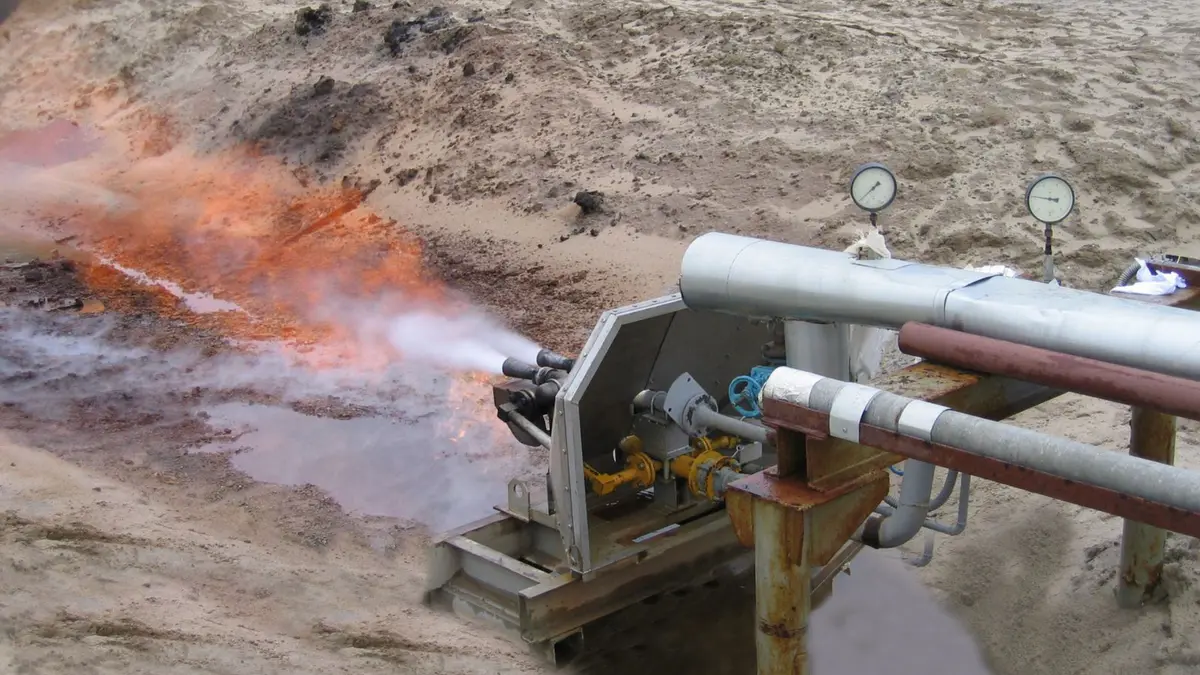The future of fuel might not be hidden in oil fields or lithium mines—it could be hiding in yesterday’s garbage.
Michaela Hissa, PhD, a researcher at Finland’s University of Vaasa, has been pushing the boundaries of what counts as “fuel.” Her work shows that industrial by-products and hazardous waste could be reimagined into clean, drop-in fuels powerful enough to run ships, heavy machinery, and off-road vehicles.
Her dissertation zeroed in on two surprising candidates: renewable naphtha made from crude tall oil (a pulp industry by-product) and marine gas oil refined from recycled lubricants. Both fuels proved ready to power internal combustion engines without costly redesigns or infrastructure overhauls. In other words, they could slip right into today’s fleets.
The results were startling: renewable naphtha cut smoke emissions when blended with diesel, while marine gas oil significantly reduced hydrocarbon, carbon monoxide, and particulate matter—all while using what most industries would consider waste.
The Hidden Fuel Economy
This isn’t a science fair project. Used lubricants are already classified as hazardous waste, and mountains of them are generated worldwide from turbines, engines, and industrial machines. Crude tall oil, on the other hand, is abundant in countries with strong forest industries like Finland. Both resources are readily available, but until now they’ve been more of a disposal problem than a solution.
Scaling up these waste-derived fuels could unlock a hidden economy: one that reduces dependency on virgin resources and squeezes extra value out of the industrial processes we already rely on.
Why This Matters
Replacing the world’s marine and off-road engines isn’t going to happen anytime soon. They are massive, expensive, and deeply embedded in global supply chains. But the pressure to cut harmful emissions isn’t going away either. That’s why “drop-in” solutions like these matter—they don’t require tearing up infrastructure or scrapping entire fleets to make a measurable difference.
Hissa puts it bluntly: “To reduce emissions, it is essential to find solutions that support the transition without requiring the replacement of the entire infrastructure.”
In other words, we may not need to wait for all-electric fleets or futuristic propulsion systems to see real progress. The answer could already be sitting in storage tanks of waste oil.
The Next Frontier
The roadblocks are familiar: availability, cost, and scale. Turning industrial waste into mainstream fuel will require massive investment in collection and refining systems. And as demand grows, the real question becomes: will these “free” waste products stay cheap, or will they spawn a competitive new fuel market of their own?
One thing is clear: as engines evolve, they will need to adapt to a much wider variety of fuels than ever before. The age of one-size-fits-all fossil energy is ending, and the age of hybrid, hacked-together, waste-born alternatives is beginning.
The real disruption isn’t just in the chemistry—it’s in the idea that what we throw away today may literally power tomorrow.
Similar stories you may want to explore:
- From Waste to Energy: How Trash is Powering a New Generation of Fuels
- Shipping’s Dirty Secret: Could Alternative Fuels Clean Up the Industry?


